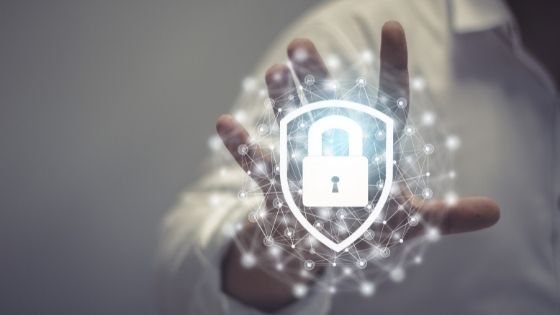Ransomware is a specific type of malware that typically attacks and encrypts files on an organization’s computers and servers. The attacker will then often export sensitive data from the system files and release it to the dark web or hold it in exchange for their ransom demands from the organization under attack.


This blog will look at what RaaS or ransomware as a service is, how it works, and what businesses can do to protect themselves against such attacks.
What is Ransomware as a Service (RaaS)?
It is the adoption of a subscription-based Software as a Service (SaaS) business model that enables affiliates without a technical background to use already developed ransomware tools for executing ransomware attacks. Affiliates earn a percentage of each successful ransom payment.
This is an upgrade from earlier attack methods as it does not require coding knowledge for executing highly sophisticated cyberattacks. What makes RaaS solutions specifically engineered for victim proliferation are the low barriers of entry, and prodigious affiliate earning potential.
The inner workings of the RaaS model look like this –
It starts with an expertly coded ransomware made by reputable developers who can compel affiliates to sign up and distribute their malware. This software has a low chance of discovery and a high chance of penetration success. After development, this softwareis modified into multi-end user interfaces and licensed to affiliates.
The revenue model for this is exactly like that of SaaS products (either a one-time fee or a monthly subscription). Each new affiliate is assigned a set of custom exploit codes for their unique ransomware attacks. These customized codes are then submitted to the RaaS software website for the affiliate. Once approved, affiliates can now launch their customized ransomware attacks via this network.
Reasons of Spiking Numbers of Ransomware Attacks
There are a multitude of reasons that are responsible for the increasing number of ransomware attacks in the world. Such as –
1. Availability of Scalable and Standardised Cloud Infrastructure
With the exponential growth and worldwide availability of cloud infrastructure, crime gangs across the globe find it easy to target organizations within the US and beyond. They now use sophisticated cybersecurity programs – with little fear of extradition.
2. Enfranchisement of Ransomware as a Service (RaaS)
A growing number of ransomware organizations such as Darkside, REvil (Ransomware Evil), and others are into franchising their RaaS capabilities to attackers. As the attackers penetrate the organization, the franchisers provide the tools, communications and ransom collection services for a percentage of the ransom collected. What’s worrisome is that the recent focus of the US government on ransomware attracts even more attention from the bad actors.
3. Organizations’ Lack of Tools, Expertise and Short Window of Acceptable Downtime
The attackers are talented, use sophisticated tools and a proven ransomware infrastructure for planning and executing the attacks. But the victim organizations mostly lack smart workflow management solutions, tools, resources and expertise to keep up with the growing list of vulnerabilities, attack techniques and security incidents. What makes it even more dangerous is that the organizations under attack have a short window of acceptable downtime and thus are more likely to pay the ransom.
How to Protect Your Company with an Integrated Response
Organizations need to grasp that the current era of ransomware is not going to end so long as cyber criminals are able to evade the law and reap huge profits. It’s far too tempting a business model, made even easier to gain entry to by the advent of RaaS.
It is crucial to note that most of these ransomware attacks target victims through phishing attacks. Also, a ransom payment never guarantees the decryption of seized data, and thus the FBI strongly discourages paying for ransoms.
Barbara Kay, security and risk product marketing lead at ServiceNow, a business continuity and workflow management platform in partnership with Wipro says, “proactive hygiene, continuous monitoring and automated response to related and enabling attack elements (like phishing) are best ways to protect your organization against ransomware attacks.” This is an effective strategy to reduce your attack surface, aka, your exposure to an array of malicious attacks beyond ransomware.
In the end, the quality of your internal assessment, educating staff, cyber resilience and recovery and incident response is what will save you from the worst.
Wipro in partnership with ServiceNow platform can help you orchestrate recovery efforts across your organization to respond to disruptions 40% faster. Get in touch with one of our experts today!

























